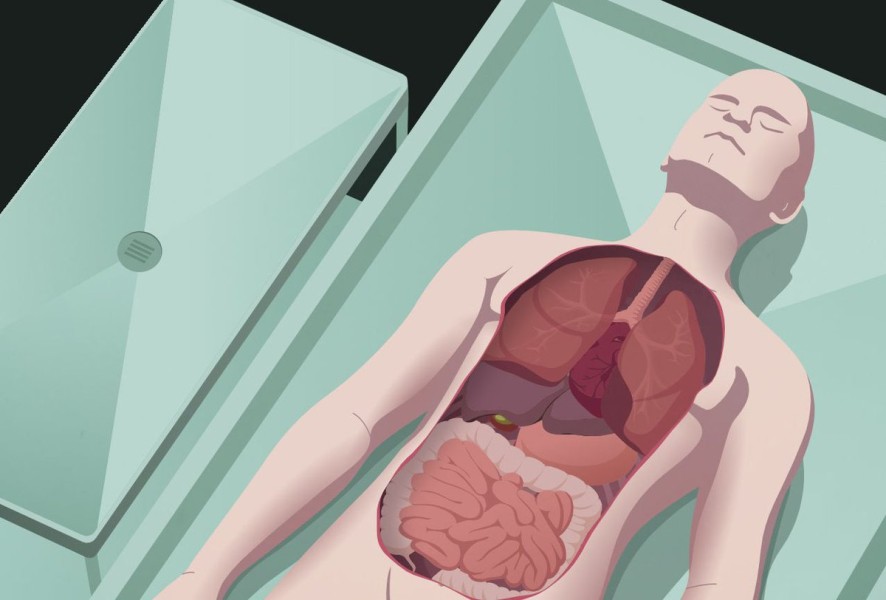The convergence of virtual autopsies and Artificial Intelligence (AI) is reshaping forensic medicine. Virtual autopsies, using advanced imaging tools, offer non-invasive precision and repeatability. Incorporating AI enhances image analysis, complex pattern recognition, predictive insights, and 3D visualization. Challenges like data privacy and AI refinement must be addressed. This fusion sets the stage for tech-driven forensic investigations, but ethical practices and accuracy are paramount. This transformation in forensic science has broader applications in medical technology and data analytics, and technology leaders play a pivotal role in ensuring ethical advancement.
As the realm of forensic medicine undergoes radical transformation, the fusion of virtual autopsies with Artificial Intelligence (AI) emerges as a game-changer. From a CTO's vantage point, the intersection of these two technologies holds profound implications not just for forensic science, but for the broader landscape of medical technology and data analytics.
Virtual Autopsy: A Technological Leap Forward
A virtual autopsy, or 'virtopsy', employs advanced imaging tools such as CT and MRI scans to facilitate non-invasive post-mortem examinations. Beyond its ability to appease cultural or religious concerns associated with traditional autopsies, this approach offers enhanced precision, repeatability, and data-driven insights.
The AI Factor
The incorporation of AI into the virtual autopsy process brings a slew of transformative advantages:
- Scalable Image Analysis: With the exponential growth of data in post-mortem imaging, the manual interpretation becomes a bottleneck. AI algorithms can rapidly process and analyze this data, ensuring timely and accurate insights.
- Complex Pattern Recognition: In our digital age, the ability to discern intricate patterns is paramount. AI's machine learning models excel at this, identifying correlations and abnormalities even in the most convoluted of cases.
- Predictive Insights: Beyond passive analysis, AI also promises proactive forensics, offering predictions based on observed data. This could be a linchpin in decoding ambiguous cases.
- 3D Visualization and Simulation: AI's capability extends to generating comprehensive 3D reconstructions. These digital models can be invaluable, especially when presenting findings in legal settings.
Tech Challenges & Opportunities Ahead
However, this convergence of technologies is not without challenges. As someone entrenched in technology management, I'm acutely aware of the concerns surrounding data privacy. We must ensure robust encryption and privacy measures as we handle sensitive information. Additionally, it's crucial to iterate and refine AI models continuously, avoiding pitfalls of over-reliance and ensuring they work in tandem with human expertise.
Yet, the opportunities are vast. The melding of AI with virtual autopsies could usher in a new era of tech-driven forensic investigations, setting benchmarks for accuracy, efficiency, and integrity.
From a strategic and technological perspective, the fusion of AI with virtual autopsies is not just the future—it's the present. As we continue to innovate at the nexus of medical technology and data science, we're not only enhancing the precision of forensic examinations but also paving the way for myriad applications in other medical disciplines.
In this journey, it's our duty as technology leaders to ensure that these advancements are anchored in ethical practices, accuracy, and the betterment of society.


